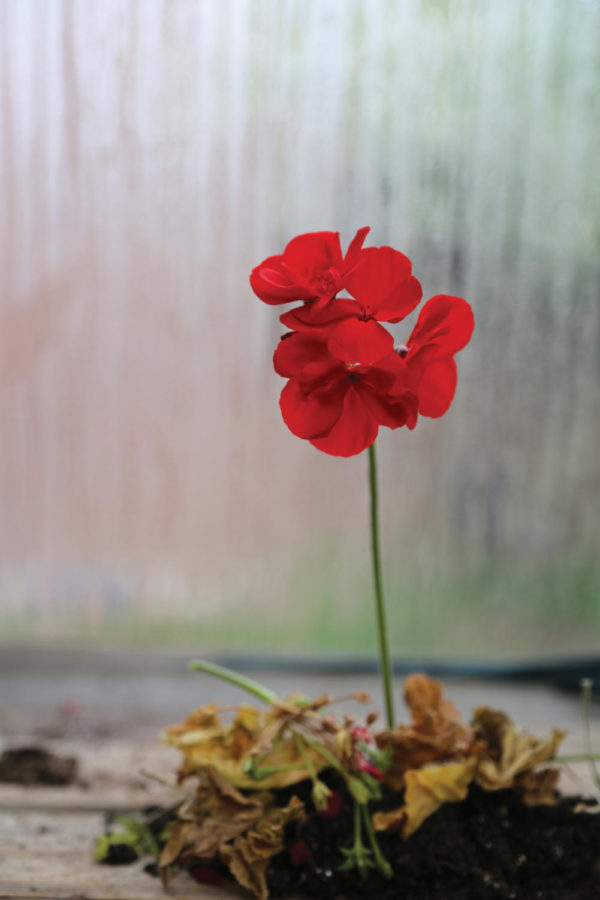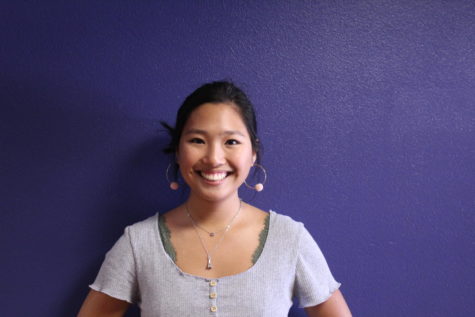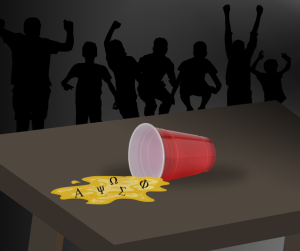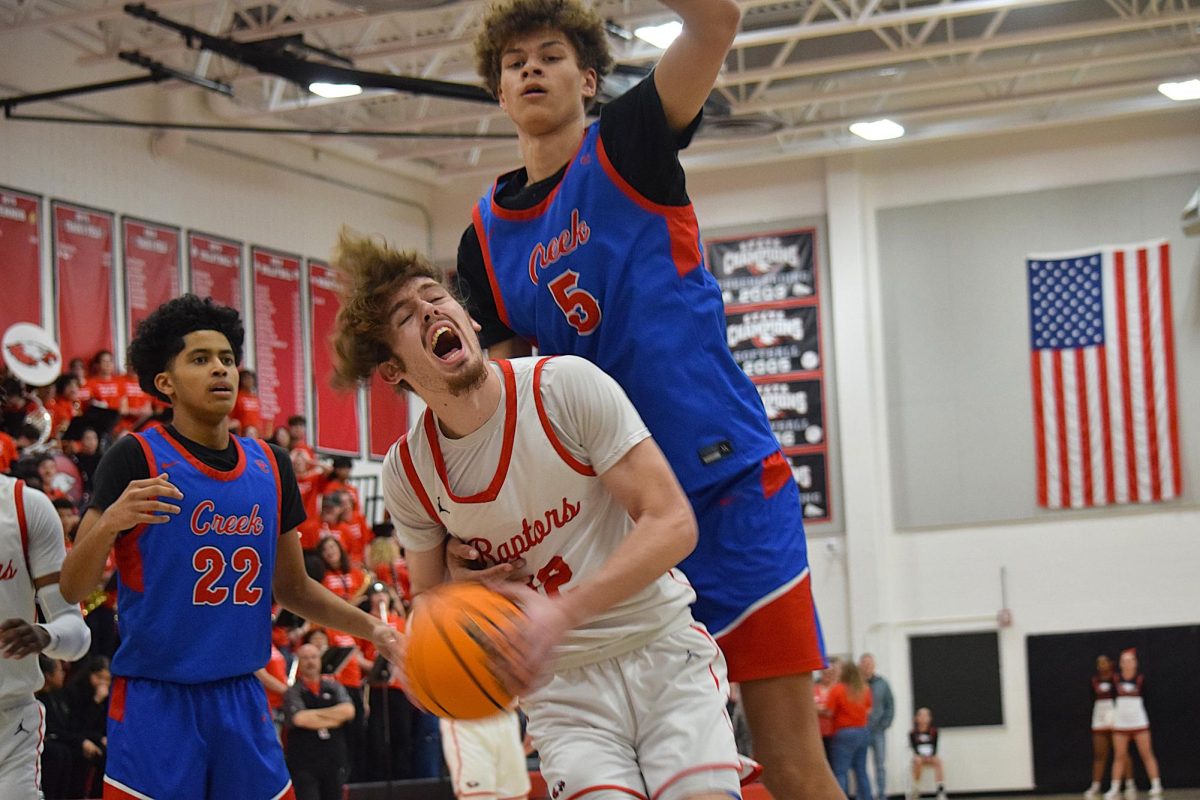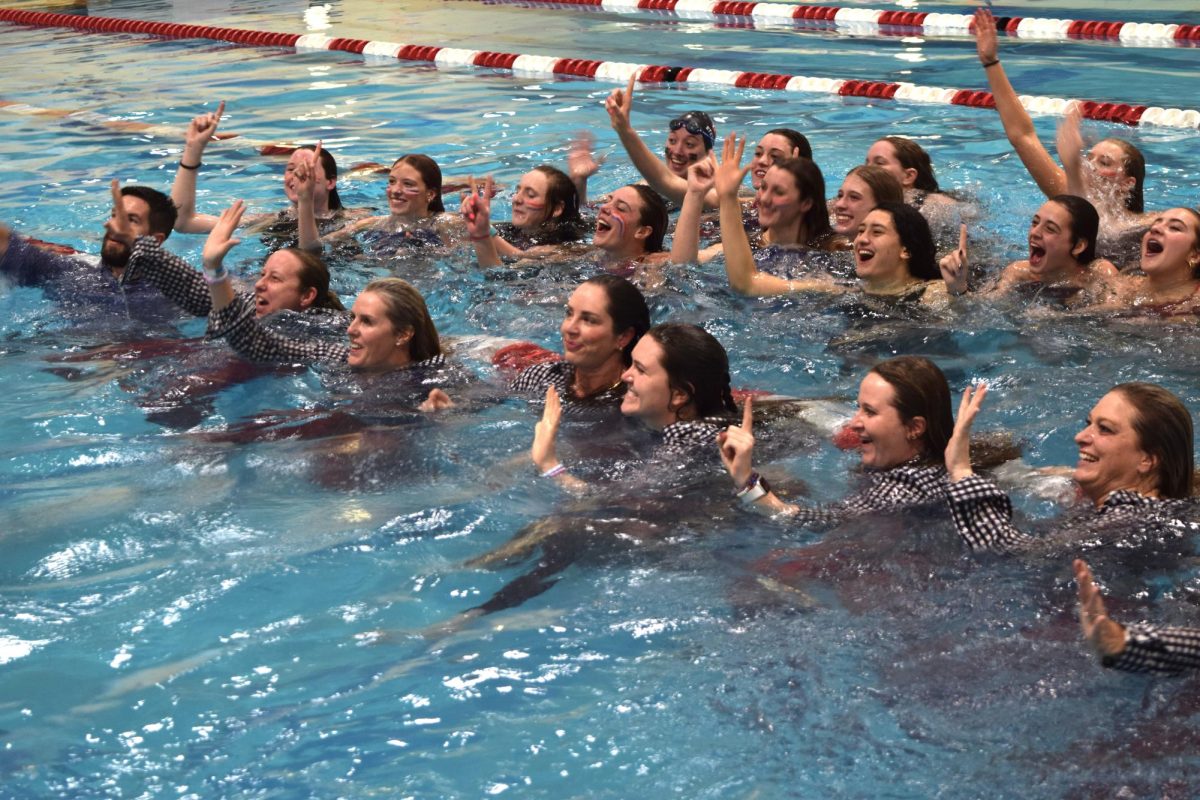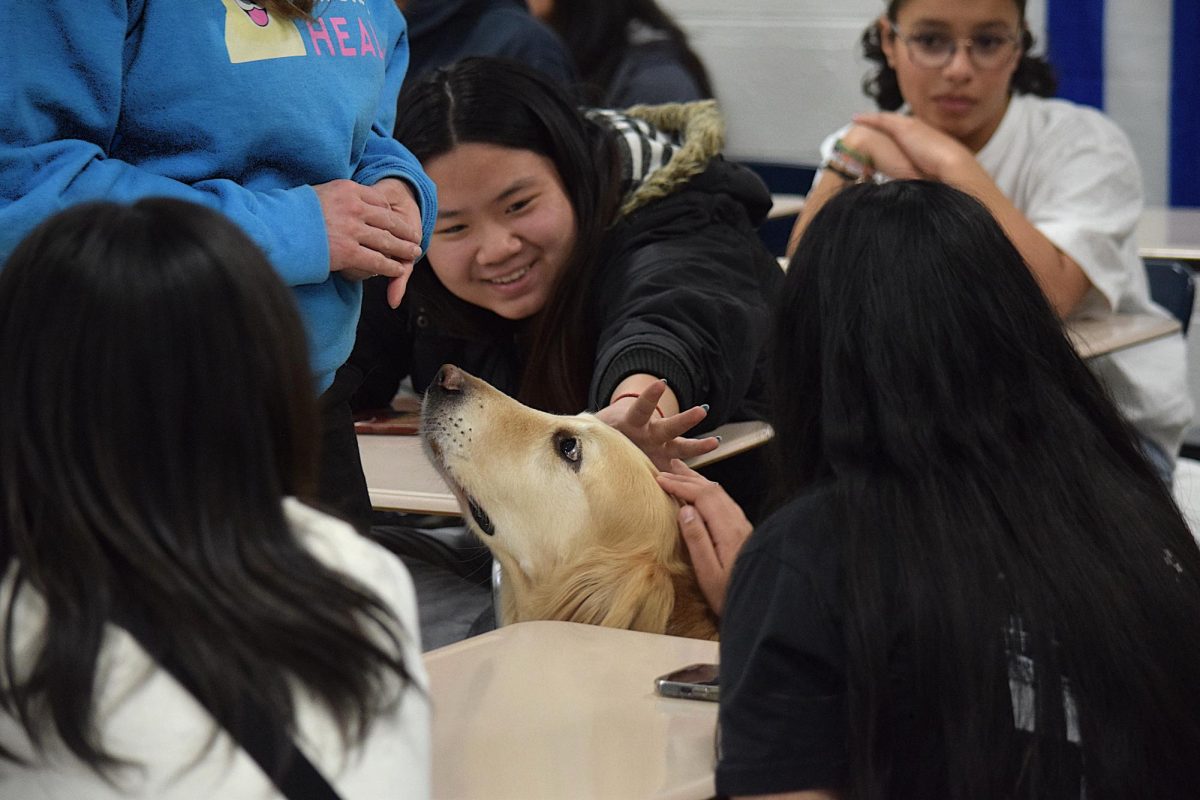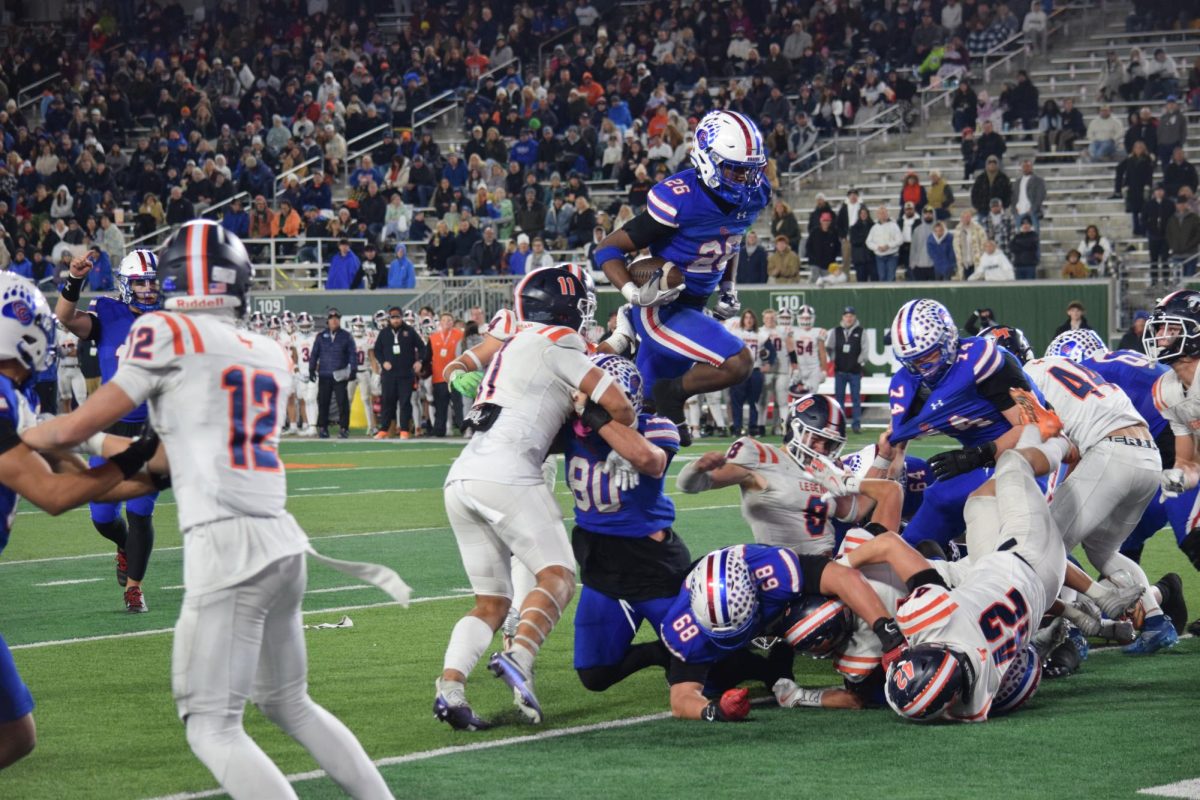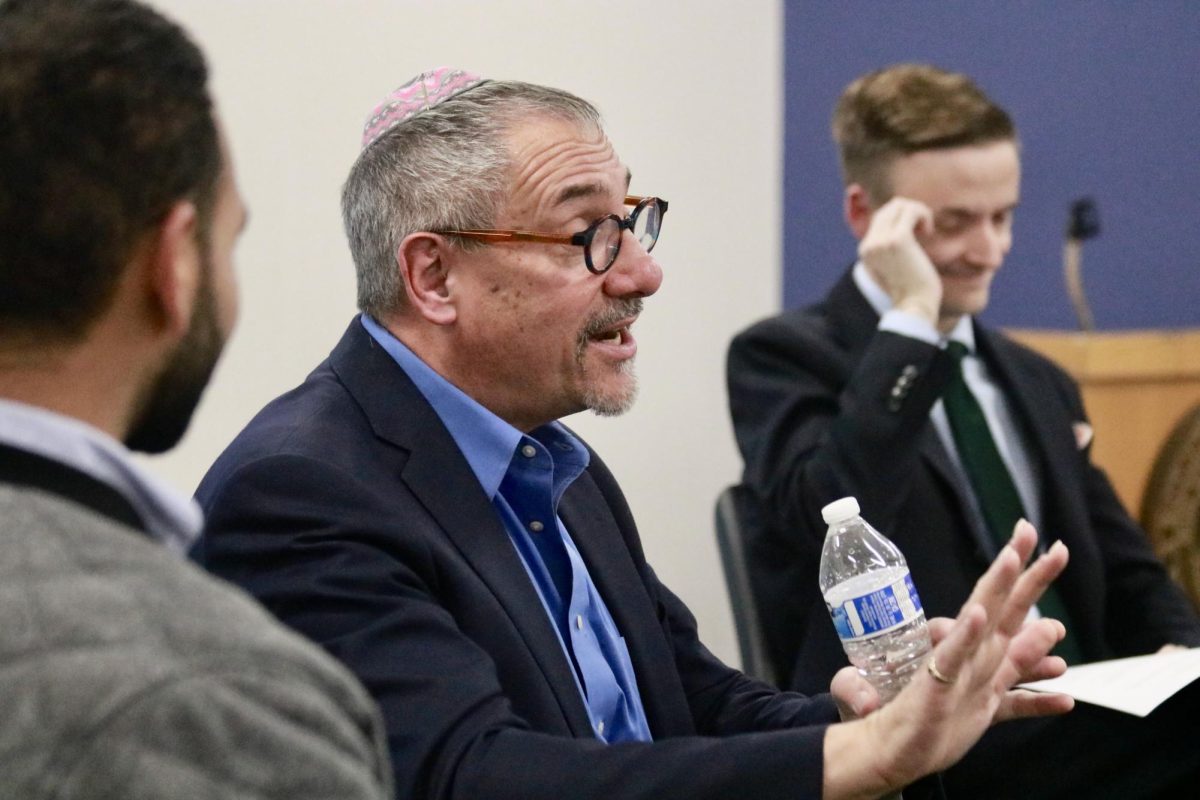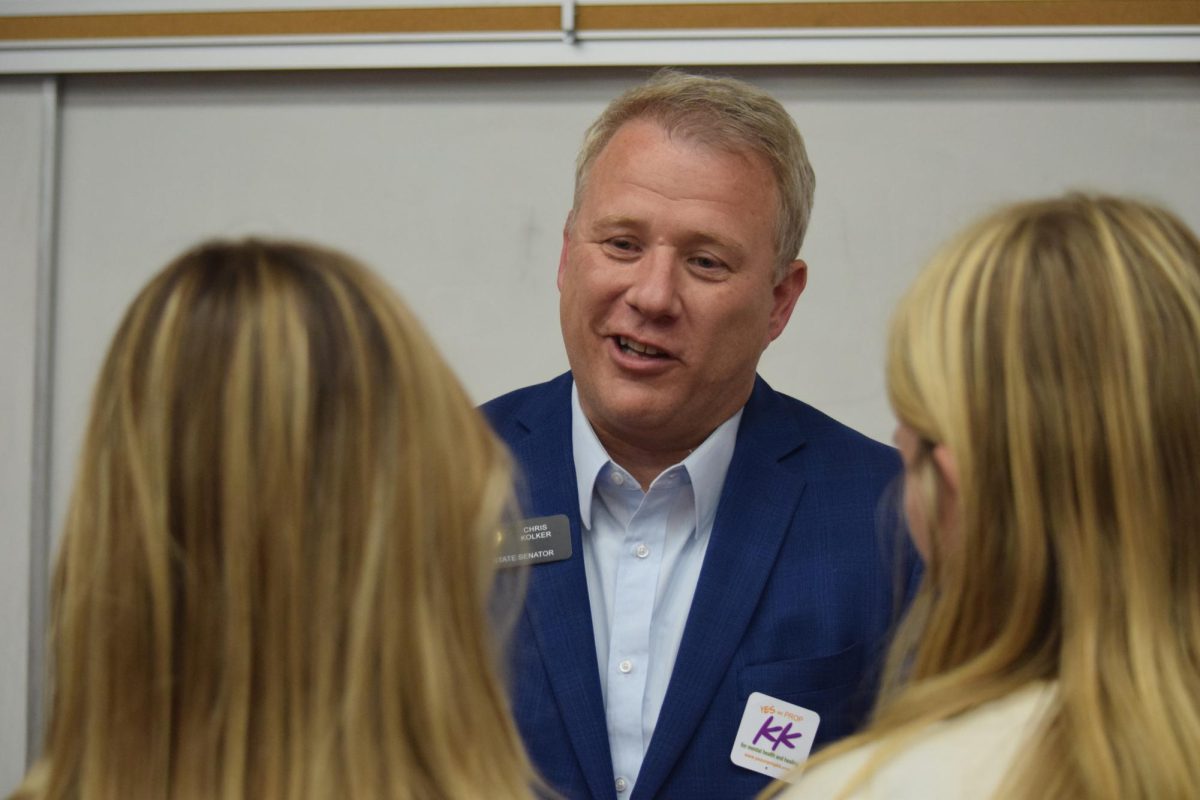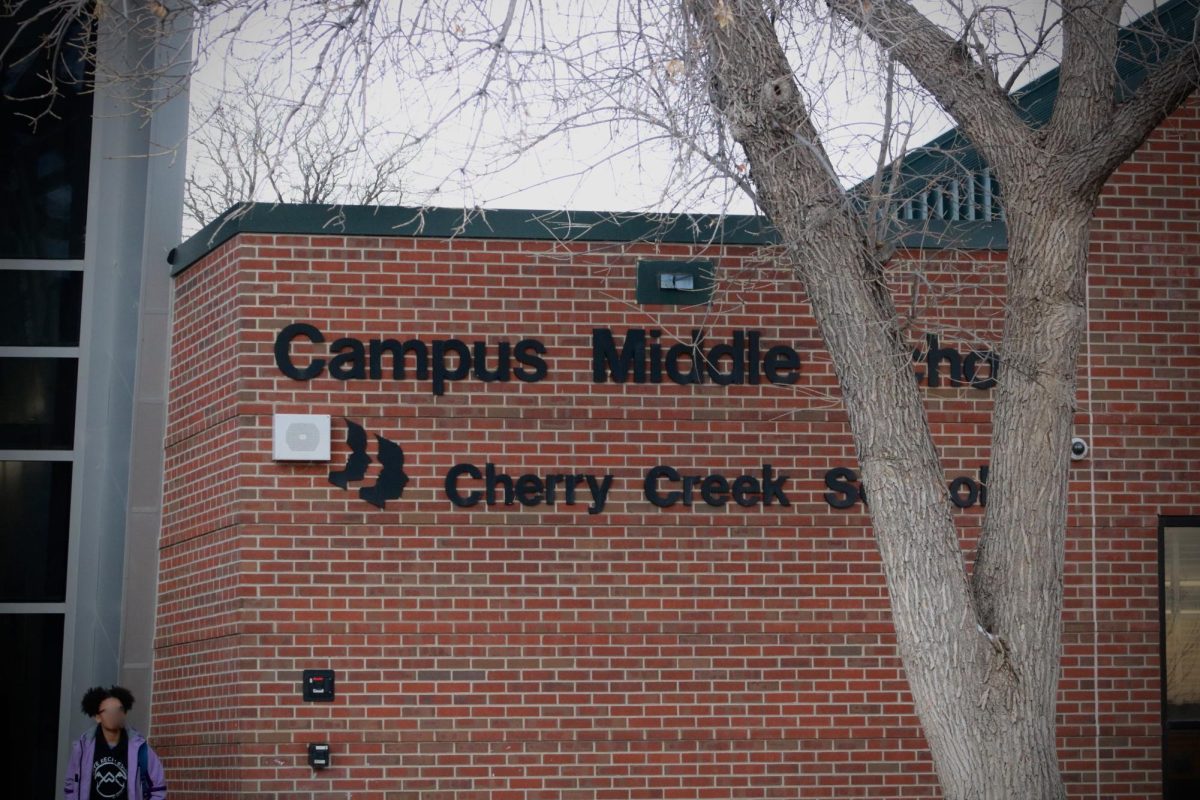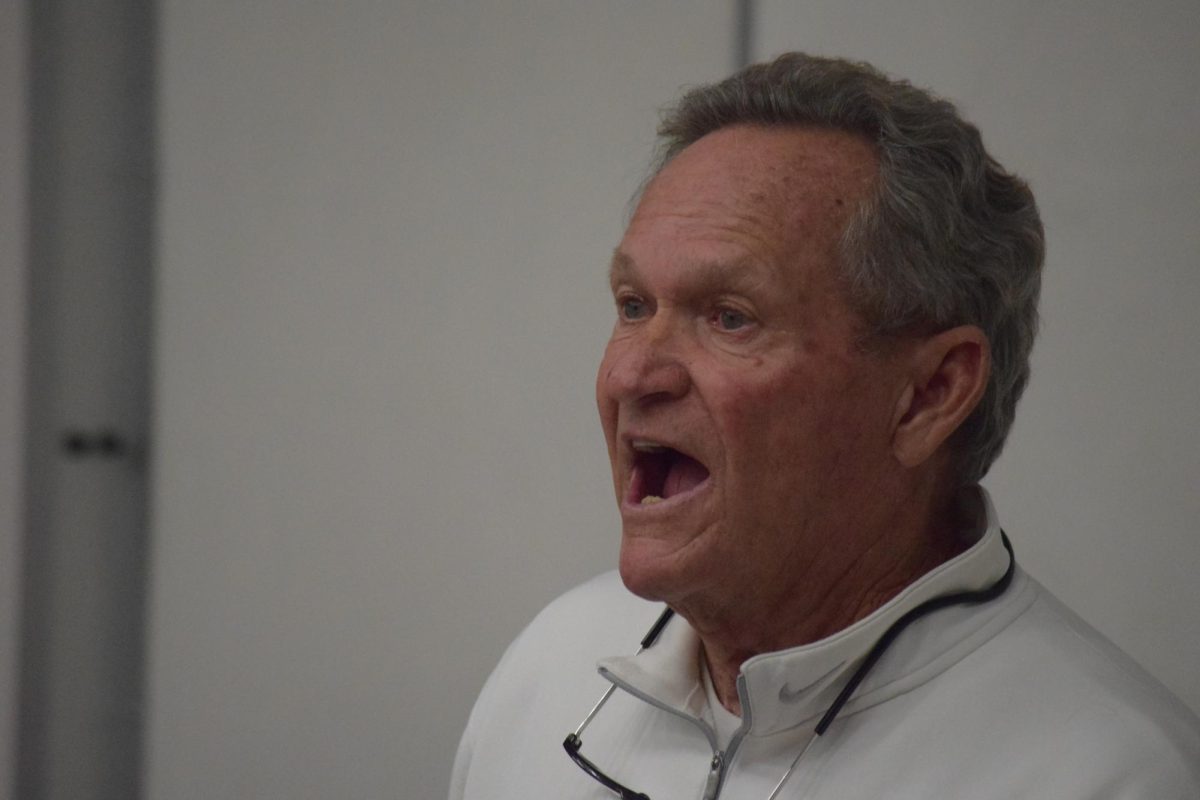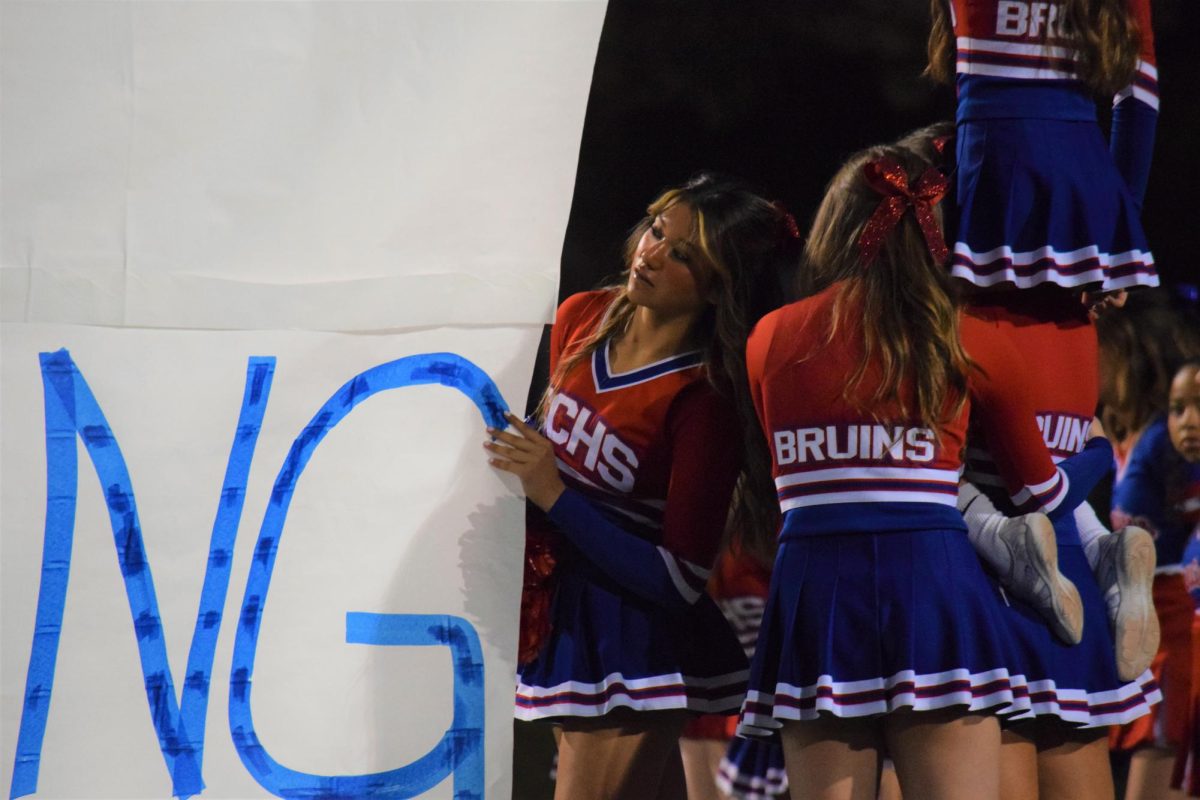We grow through what we go through
May 8, 2019
It’s not breaking news that this year has been…unique.
In some ways, it’s difficult to even organize all of the tragedy and stress this year has brought us. It’s also been difficult to regain our bearings and devise a plan for a healthier, happier future.
We’ve lost two Creek students and so many others in our community to suicide, shocking and heavily impacting the student body.
“It was the first time someone commited suicide and I actually knew them, and that really hit me hard,” senior Ian Layng said. “I wasn’t prepared for that and it definitely hurt my academics and extracurriculars.”
It was a rough start to 2019, not only because of the lost battle against suicide, but also because of the initiation of tough conversations.
“No one really paid attention, but as soon as we lost them, everyone started caring,” senior Adrian Robenson said. “It was a little too late. There should have been more awareness for it before.”
And that’s not all. In the midst of disillusionment and mourning, we were hit with yet another unsettling situation.
On April 17, over 20 Denver Metro area school districts closed due to a credible, non-specific threat to in the wake of the Columbine shooting anniversary.
This was new to everyone, from students and teachers to administrators – all the way up to the district level.
“Today is a new day now,” said Superintendent Scott Siegfried, who is serving his first r in that role. “I find myself saying that more often, that today’s just a new day, because what we experienced this week has never been experienced before. In the Denver Metro area, 500,000 students stay at home because of the threat of a single individual.”
The intensity of multiple anxiety-inducing events has been emotional.
For freshmen, this year was a harsh introduction to an already stressful new climate.
“I am definitely impacted emotionally just because whenever something this horrible happens there’s a lot of emotions, and it’s hard to deal with that,” freshman Elena Onodera said.
Expecting an easy and fun finale to their high school careers, seniors were forced to deal with this year’s curveballs.
“You expect the school year to be fairly normal and you hear about your senior year and you hear about this kind of stuff in the news, but you don’t ever expect it to actually happen,” senior Michaela Jun said. “It’s surreal.”
The realness is alarming, and both the threat and the suicides have invoked a new sense of fear and anxiety.
“Suicide has grown, and that’s a scary thing,” junior Aidan Allis said. “Especially for kids in our generation, it’s very prevalent, and that’s terrifying.”
During the threat, the idea of a potentially lethal assailant roaming in hopes of attacking a school was more than unnerving and left the student body with a feeling of unease.
“It’s shocking,” said senior Audrie Coppinger on the day school was closed. “It makes me paranoid even going out in public.”
Most students were appreciative of the decision to cancel school.
“I honestly think that if school was still happening, a lot of kids wouldn’t show up anyway because they wouldn’t feel safe or comfortable at school,” junior Ashley Hayward said.
That reality has been heartbreaking for students and teachers to accept.
“What this does say about our society is that we are in a new age of things we have to fear in schools and in public,” Slattery said.
To concentrate on what is most important to address, the community has taken a look at big ideas.
“People who take this type of negative action in society are always going to exist,” sophomore Stella Mclaughlin said. “The important thing to keep in mind is how these situations are handled.”
Principal Ryan Silva gathered a group of students after many of the suicides, so he could get a better perspective on how students were doing and what they needed.
“A theme that came up with that group was a desire to have spaces for kids to have conversations with each other and with adults of on a more regular basis,” Silva said.
Siegfried, among others, believes in focusing on the mental health issues that are beginning to unfold. He specifies that these issues aren’t unique to CCSD, or even schools in general, but are prominent in modern-day living.
“I think there are larger, deeper questions that we have to ask as a society,” Siegfried said. “How are we helping people that are truly in need of mental health support?”
Thinking more concretely, some students believe that maintaining and respecting existing policies are a good step towards a safer community.
“It is in times like these where ID rules are the most important,” junior Logan Busch said. “I truly appreciate what CCSD does to keep its students safe.”
There has been a lot of positive feedback from students about how the administration has handled the stress and enacted change.
“The school has been put under a lot of heat from the students and media to change for the better, and they have begun that process,” Slattery said. “Even though it is a little bit of progress, it is still progress.”
They have especially been acknowledged for how they have balanced mental health and the academic rigor for which Creek is known. On April 7, the school held a “mental health day” in the wake of senior Leslie Kough’s death. All regular curriculum was suspended and students were encouraged to talk with their teachers and counselors.
“I think that was good for the entire school just to be together and mourn together,” Onodera said, “and I think that made us stronger as a whole.”
In addition, Silva organized an all-school assembly with a team of students in order to bring the student body, faculty, and staff together. It consisted of an all audition-choir performance, a speech from Silva, student testimonials, and activities to promote unity.
“The students that went up there and spoke out about their challenges – it was so brave of them to do,” senior Julie Stuckey said. “It was very inspiring as well, making it known to all of Creek that that they are not alone with their struggles.”
Students were surprised to see how easily they related their troubles to their peers.
“There were a lot more people than I expected telling their stories,” freshman Braden Olmsted said. “It was a positive message. I understand what that feels like.”
Just before the assembly, the Jack Strong Distribution Group led a student walkout to advocate for mental health and raise awareness about bullying. This was done in honor of freshman Jack Padilla’s death on Feb. 14.
Allis, who participated in both the assembly and the walkout, believes that they both stood for good causes and were not meant to conflict with each other.
“They’re separate, but united in the same goal of creating connection in our community,” he said.
It’s a tricky position for teachers as to how they should address the recent problems.
“It’s tough to figure what’s appropriate and what’s not appropriate for conversations in class,” Math Department Coordinator Cayel Dwyer said. “I just tread lightly,and let everyone know that there’s someone here to talk to if they need.”
A lot of students are also wondering what can be done and what they might expect in the years to come.
Silva requested that teachers send him notes about what they might believe to be helpful policy introduced in order to move forward and better the climate and mental health of the school
He outlined some of the most common options for changes via email to teachers. It included, homework load, screen time/cell phone usage, counselor/teacher advisory time, attendance, and make up work.
On the district level, Siegfried is looking for the concrete changes as well.
“I will turn over any stone,” he said. “I will pay for any resource that I think will help save a life.”
A new position is being introduced to help connect the community to schools in order to provide better mental health resources.
“I’ve directed that we hire a new Director of Community Partnerships and Crisis Intervention,” Siegfried said. “I believe our community has to take a much bigger role in helping us to solve these issues.”
It’s been a long year, and students are tired and ready to take some time away.
“Ultimately I think a break is good,” Onodera said. “I think summer coming up – everyone needs that, just a reset and hopefully next year we can do better.”.
Despite all of the hardships Bruins have had to face, many believe that there have already been notable changes.
“I feel like the halls have felt different,” Silva said. “And I feel like more people are looking up from their devices and talking, saying ‘Hi’. I think we’re having more meaningful conversations, we’re actually slowing down.”

